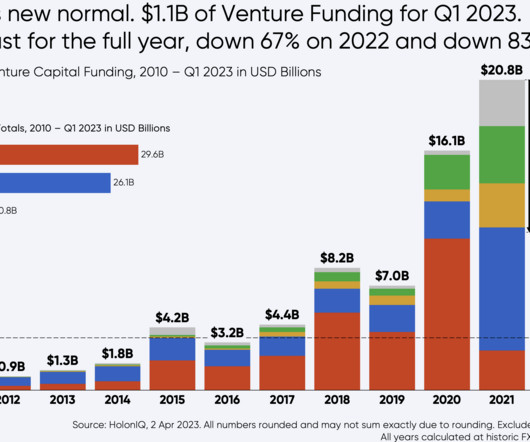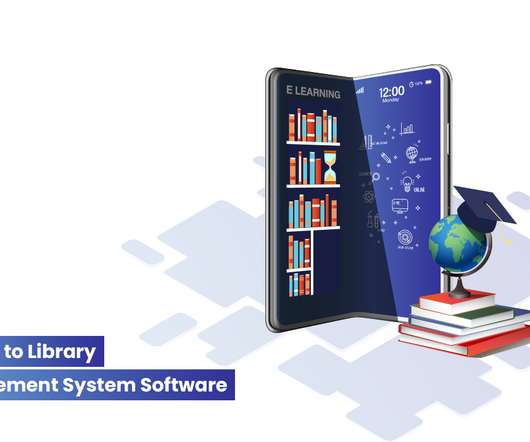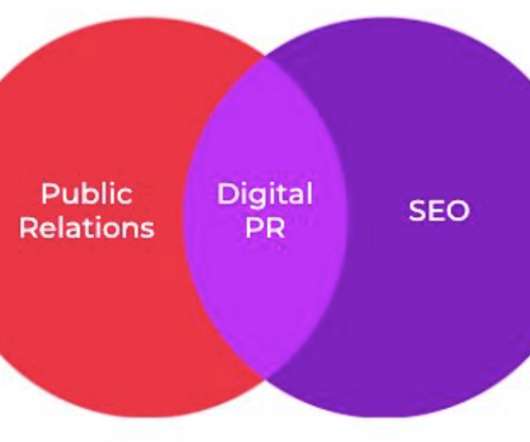Inquiring Minds Want to Know…About Social, Cognitive, and Teacher Presence Online
The Scholarly Teacher
JUNE 21, 2023
Kari Henry Hulett , Northeastern State University Maria Gray , Northeastern State University Key Statement: Faculty can intentionally design courses using the Community of Inquiry Framework to achieve greater student engagement and learning outcomes. Strategies for Online Course Design Using the Community of Inquiry Framework (Garrison et al.,


















Let's personalize your content